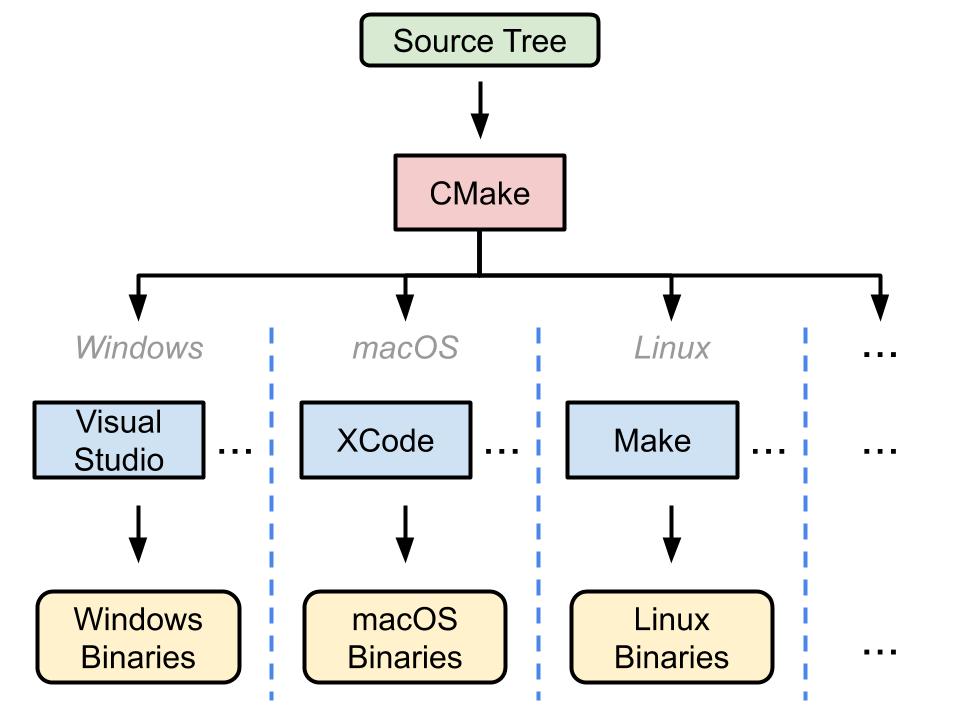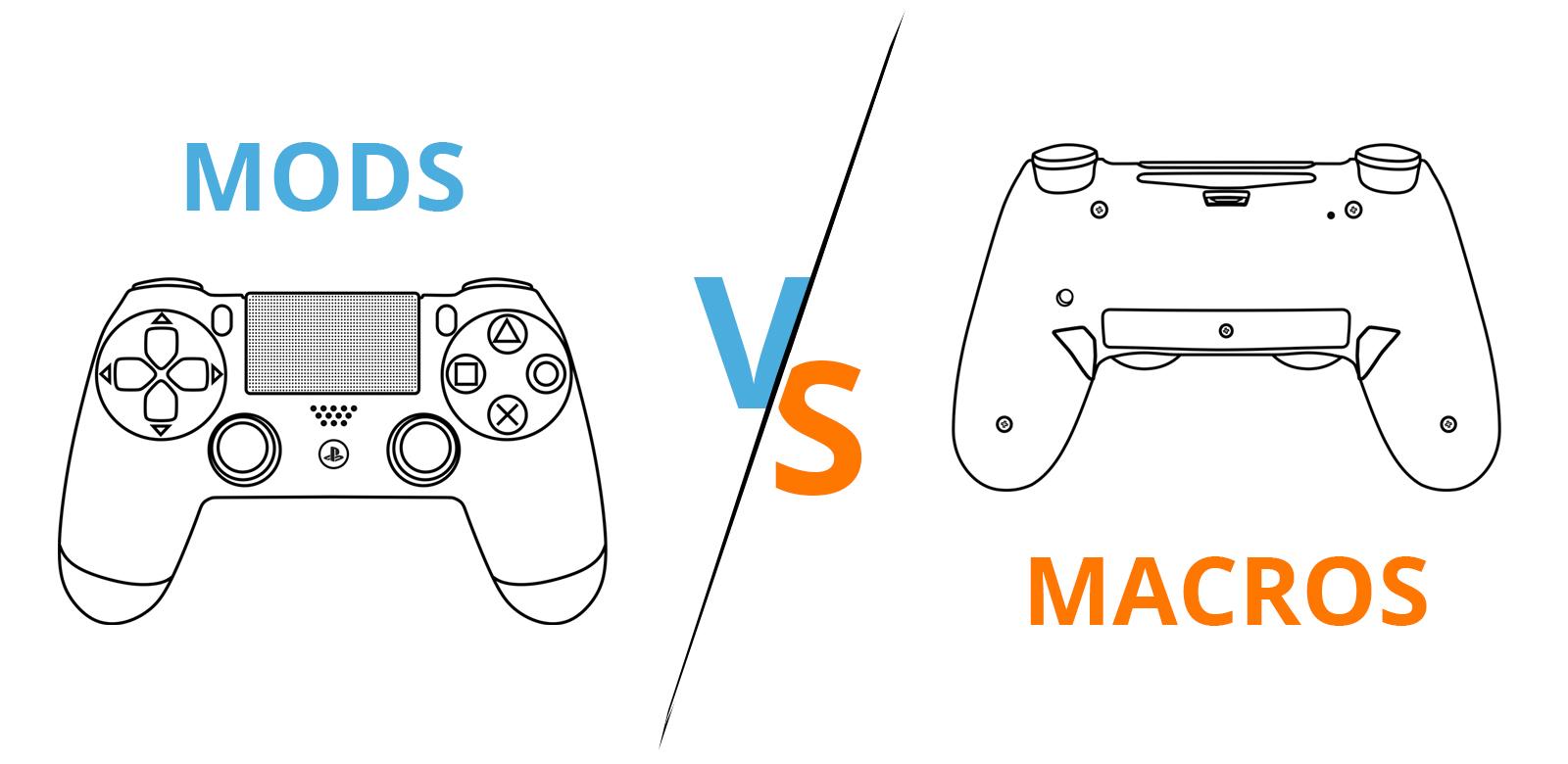
How we can use SAS as a functional programming language by utilizing PROC FCMP The purpose of this paper is to demonstrate PROC FCMP wasĭeveloped to allow SAS users to write their own functions and subroutines for Method for short test assembly task by using PROC FCMP to conduct low-levelĪrray operations to implement minimum spanning tree clustering. Required test statistical characteristics. Test does, yet still preserves the essential test quality and captures the A short test form contains less test items than the full-length This paper will outline the many techniquesĪvailable and identify useful tips for moving data and results between SAS andĪssembling short test forms is a practical task in testing service There are equally flexible methods to move dataĪnd results from SAS to Excel. SAS® offers a number of means to import Excelĭata quickly and efficiently. When supplying data to our processes and as a preferred means for receiving Microsoft Excel spreadsheets are often the format of choice for our users, both Moving Data and Results Between SAS ® and Microsoft Excel A complete and intuitive graph is produced with every macro call. Programs easily while making specific recommendations for each individual Macros dynamic nature it can be incorporated into larger graphics macro The user then utilizes these macro variables toĭetermine if an axis break is needed and where to set those breaks. The macro will alsoĬreate variables for suggested break values to ensure graphic items such as Input parameter to create macro variables for the overall minimum and maximum,Īs well as macro variables specifying values prior to and following the largestĭifference that occurs between successive parameter values. That is what this macro is designed to do. Question left is where to set the breaks and if a break is actually needed. Specifying ranges for a broken axis is controlled by the user. Is the addition of the RANGE option for SGPLOT. SAS® 9.4 brought some wonderful new graphics options. īreaking up (Axes) Isn't Hard to Do: A Macro for Choosing Axis Breaks All codes will be available in Github at. In this paper, several examples (dynamic programming as replacement of SAS macro, reading external files like JSON, XML, HDF5, and implementing a machine learning algorithms like Naïve Bayes) will be presented to showcase how Proc Lua can add to SAS programmers_ toolbox. In the upcoming SAS next-generation high-performance analytics platform, Viya, Lua is supported. SAS introduced Lua to its Base module since version 9.4 which will definitely extend SAS programming functionality. In recent years it is also moved to machine learning world with a widely used library Torch 7. Lua (pronounced as _lu-aa_) is scripting language like Python. New Game in Town: SAS ® Proc Lua with Applications Rout file for later use key words: SAS macro, R script, SAS program file, unnamed pipe, ODS, HTML. Output of R execution may be directed to the SAS log file for inspection or to a user-specified. R scripts may be created using a SAS data null step to write a file containing an R script, read from a user-specified. Graphs may be saved in user-specified locations as image files. R graphics are also supported, and are displayed in the SAS results viewer. SAS datasets may be converted into R data frames and vice versa in a manner similar to using the SAS/IML ExportDataSetToR and ImportDataSetFromR functions. %SUBMIT_R uses SAS_ unnamed pipe device type to invoke the R executable. The purpose of the %SUBMIT_R macro is to facilitate communication between SAS and R under Windows. %SUBMIT_R: A SAS ® Macro to Interface SAS and R

The output is sent to a Microsoft Excel spreadsheet using the Output Delivery System (ODS). The program illustrates the use of macro programming and the SQL, DATASETS, and TRANSPOSE procedures, among others. It automatically detects one-to-many relationships and creates sets of replicate variables in the flat file. The program gets the information it needs from the data tables themselves, with a minimum of user configuration.

This paper describes the construction of a program that converts any set of relational tables into a single flat file, using Base. This paper explains a systematic approach for creating a viable SAS data set for doing serious analysis. In fact, the initial SAS data set is virtually unusable. Besides having a peculiar structure and containing extraneous data points, the column headers become very problematic when importing the file into SAS. Unfortunately, the transport (Excel) file from this application requires a complete overhaul in order to do any serious data analysis. Survey Monkey is an application that provides a means for creating online surveys.

Creating Viable SAS ® Data Sets From Survey Monkey ® Transport Files


 0 kommentar(er)
0 kommentar(er)
